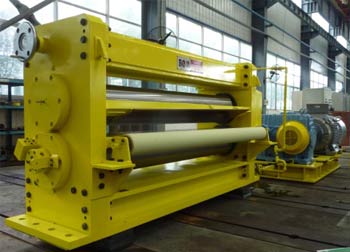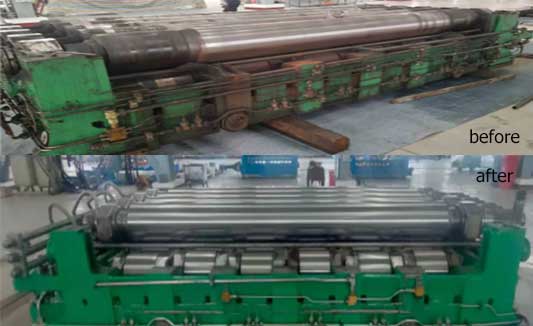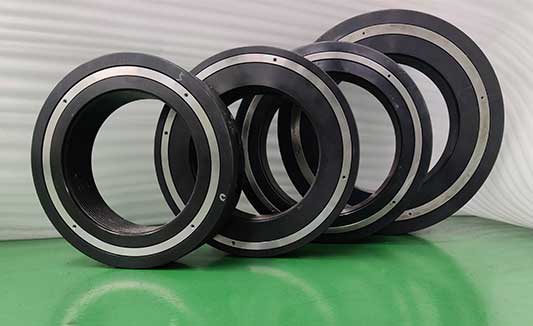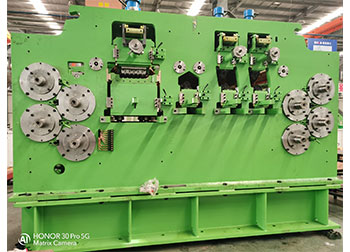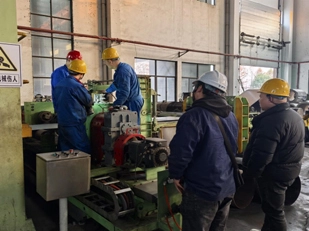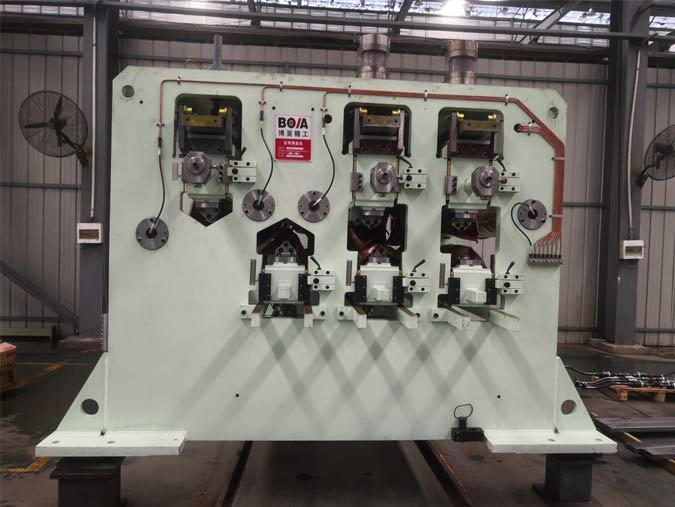The Function of the Fine Blanking Machine
Fine blanking machines are currently widely used in the processing of high-demand precision mechanical products and parts. The raw materials used are usually divided into two types: coils and slabs. Since the production of medium-thick coils is less, it is currently used for medium-thick The size of the fine blanking raw materials are mostly slabs. After the slab is cut into strips by the shearing machine, due to the short length, frequent loading and unloading are required during the production process. The traditional manual operation, the labor intensity of workers, and the existence of human factors can easily lead to the poor installation position of the slab and need to be adjusted, which seriously reduces the use efficiency of the fine blanking machine.
1. Advantages of fine blanking machine
(1) The frame structure of the fine blanking machine is welded as a whole, and the body is light and stable.
(2) The simple single-cylinder lower transmission mode is adopted, and the force-generating point is more concentrated, avoiding the bending deformation of the slider.
(3) The fine blanking machine adopts the power system of single pump and single motor + large-capacity accumulator, which has lower energy consumption, higher efficiency and fewer failures.
(4) Using proportional control technology, various speeds, ring gear pressure and back pressure can be adjusted on the control panel.
(5) The innovatively designed mold installation chamber can easily and conveniently realize mold replacement.
(6) The fine blanking machine is equipped with a die pressure protection device, which can be flexibly adjusted through pressure and position signals to protect the die from accidental damage.
(7) Innovative design of the feeding and discharging auxiliary system, which can automatically feed and discharge according to the program settings, and also add a sorting system for parts and waste, which can automatically realize the sorting of workpieces and waste.
(8) The fine blanking machine adopts a special touch-type numerical control system, which is easy to operate.
2. Fine blanking
The fine blanking process originated from the precision requirements for the smoothness of the blanking surface of the stamping parts. It was first used in the blanking and punching processing of thin flat parts in the instrumentation industry. Today, it is more and more combined with other cold forming processes. It is widely used in various industrial fields, especially the multi-functional and complex parts that are processed and formed by thick plates and cold-rolled coils required by the automobile industry.
Compared with ordinary stamping workpieces, the quality of parts processed by fine blanking has obvious advantages, and it has the advantages of smooth blanking surface, high dimensional accuracy and high flatness. After deburring, it can be assembled directly, without the need for other processing procedures such as cutting, grinding, leveling, etc. required after ordinary stamping, which saves a lot of investment in auxiliary equipment, manpower, material resources, operating costs, etc., not only improves production efficiency, and more importantly, it avoids the loss of precision in each process, and ensures the repeatability and production reliability of mass-produced parts.
Topics You May Be Interested in:
Roll Coating Process
Backup Rolls
Precision Blanking
Conventional Stamping
Rubber Roller Coating Machine
Press Blanking
Popular BOYA Flat Metal Processing Machinery
Other Articles about BOYA Flat Metal Processing Machinery

 English
English 